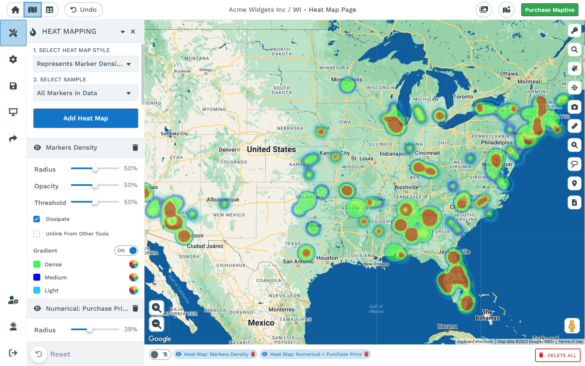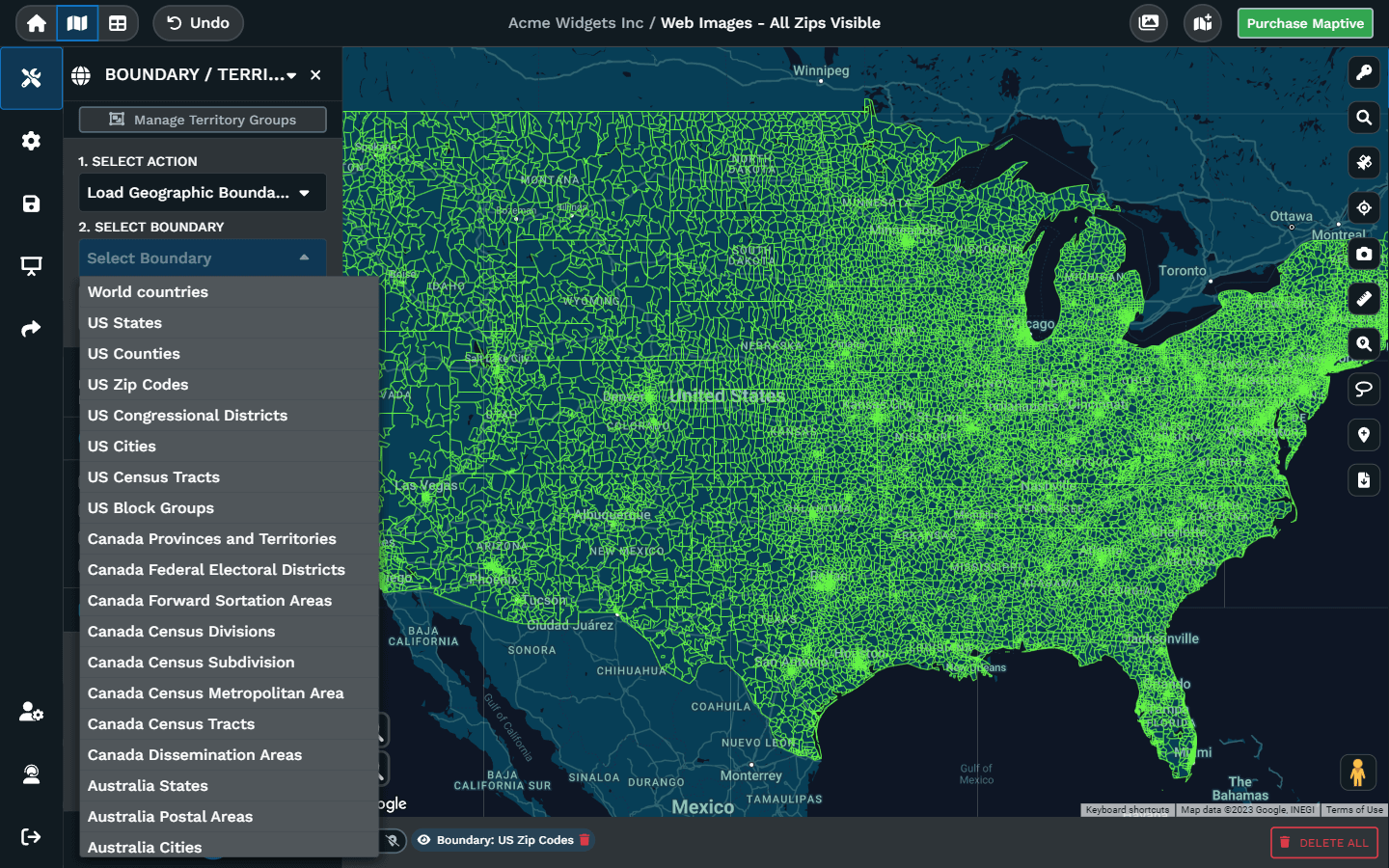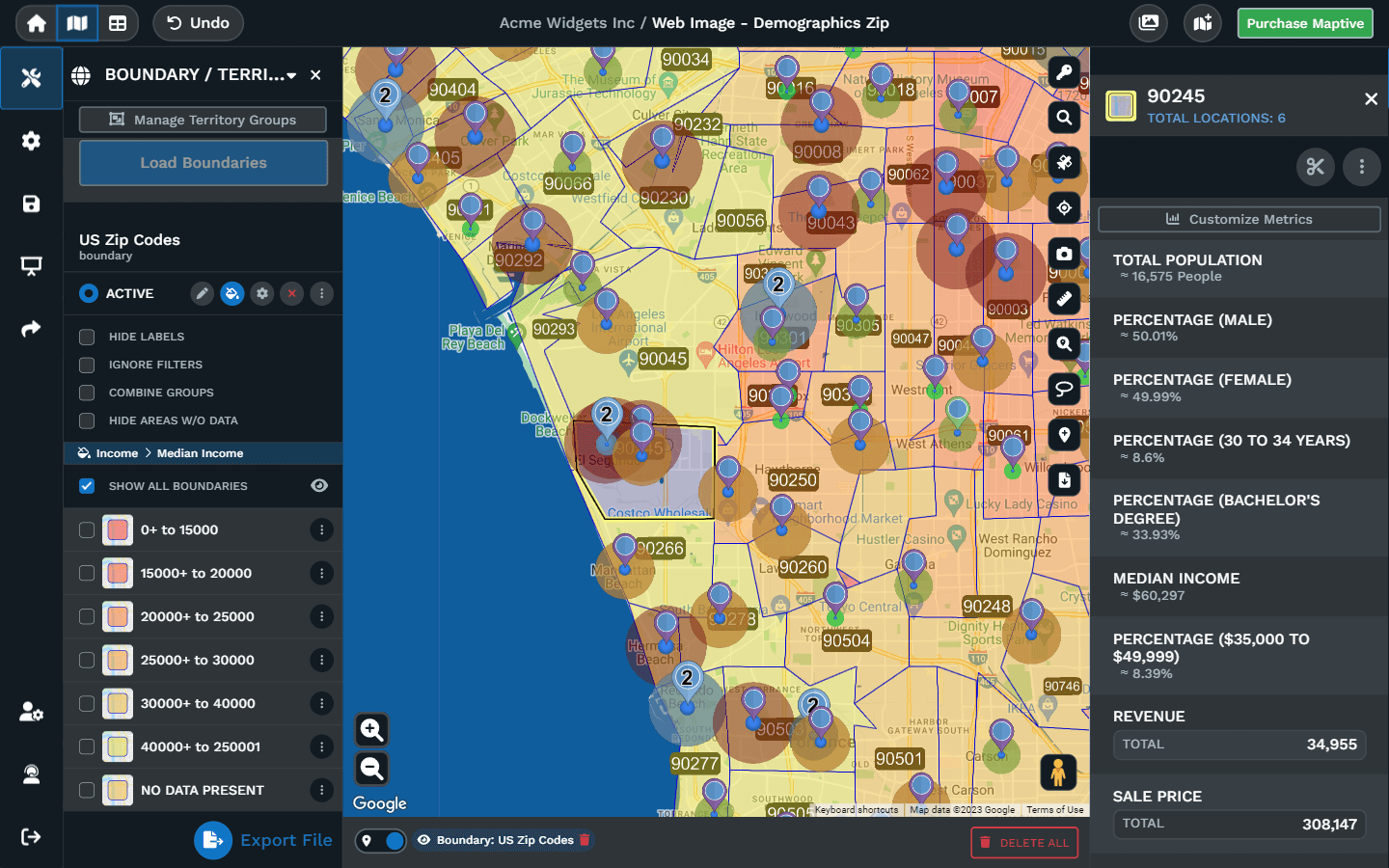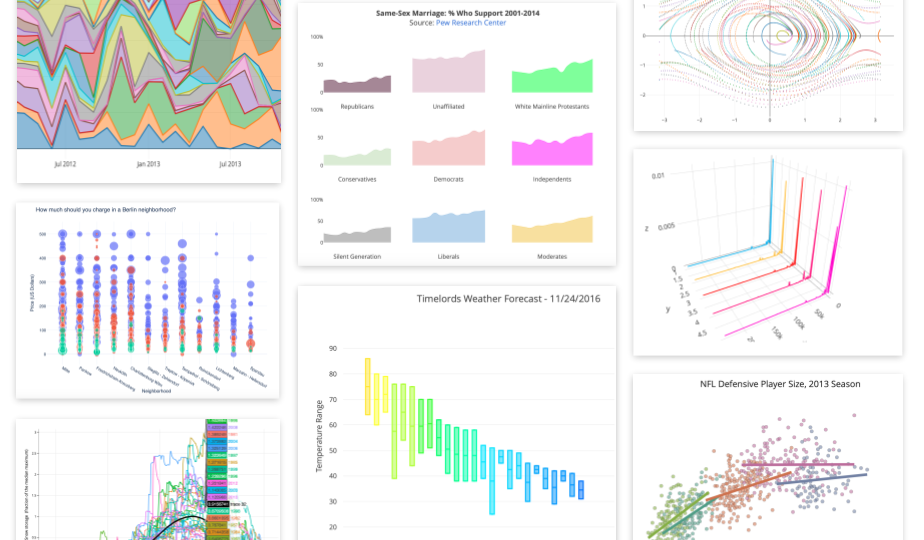
When you think “business success” key performance indicators might come to mind long before you consider the importance of data visualization tools. Yet, the more complicated and large a data set gets, the more we need smart software that can extract and visualize insights clearly and easily.
Data visualization tools achieve precisely that. By visualizing big data and transforming raw data into visually engaging and intuitive representations, data visualization empowers business leaders, managers, and data analysts to unlock the true potential of their data points.
In this comprehensive guide, we will delve into the role of data visualization in business decision-making. Whether you’re a seasoned data science professional or new to the world of data analysis, this resource will equip you with the knowledge and tools to harness the power of data visualization to make better, more informed decisions.
So, let’s embark on this journey together and unlock the power of big data and visualization!
Table of Contents
So why is data visualization important?
As you can see, the importance of data visualization boils down to empowering businesses to unlock the true potential of their data, resulting in improved decision-making processes and ultimately, better business outcomes.

Geographic Boundary Map – Maptive Version 5 (Coming Mid 2024)
At its core, decision-making is the process of choosing between two or more options. Of course, there are many variables that can go into even the simplest decision–for example, if you’re trying to decide what to have for lunch you might be considering your budget, the proximity of various restaurants, any dietary restrictions, whether you’ll be going alone or with colleagues, if the options you are considering will hit your macros… or if you should just have that protein bar in your desk drawer and call it a day.
Once you escalate that same thinking process to decisions that deal with big data and can influence the trajectory and success of your team or business, it becomes even more complex. Plus, often enough, even when you’ve gathered all the necessary information and evaluated the alternatives, you might still be left without a clear-cut answer.
In that scenario, business analytics done through data visualization tools really are the superheroes of the data story. They play a crucial role in enhancing decision-making by providing a clear and concise representation of complex data.
In each one of those scenarios, data visualizations can help decision-makers to see what may have otherwise gone unnoticed in databases and spreadsheets, leading to more accurate insights and more effective decision-making.
There is a wide array of data visualization tools available, and, as ever, the choice will likely depend on what you are trying to accomplish, or what issues you have that require data visualization methods or tools to resolve.
This data visualization tool allows business users to graphically represent sales, business, and geographic data by mapping locations, sales territories, or demographics. It is particularly useful for businesses that need to analyze data with a spatial component, such as customer distribution, sales territories, or market penetration.
Compared to other data visualization tools, Maptive stands out from the crowd because of its ease of use (no coding required), and incredible number of options to customize each element of your data visualizations. With so many stellar user testimonials, the proof, as they say, it’s in the pudding:

Demographics Median Income Map – Maptive Version 5 (Coming Mid 2024)
These include data visualization tools like Tableau, Power BI, and Google Data Studio. They offer a variety of chart types, such as bar charts, line graphs, scatter plots, and more.
They are a graphical format ideal for visualizing numerical data and trends, comparing different variables, and creating interactive dashboards.


Tableau Charts – Source: Tableau
Data visualization tools like D3.js and Plotly provide advanced customization options and support for creating interactive and dynamic graphics using JavaScript libraries. They require coding knowledge, so these tools are more suitable for data scientists, developers presenting data, and business analytics professionals who require highly customized and interactive data visualizations.
The right choice of data visualization tool depends on the specific requirements and data set being analyzed, as well as who needs to identify patterns. If the data has a geographical component, Maptive would be the most suitable choice. It is important to evaluate the features, ease of use, and compatibility of the data visualization tool of your choice with your data sources.

Plotly Visualizations – Source: Towards Data Science
Now that you understand the importance of data visualization, you also need to know how to use it to improve how you make your business decisions.
Remember, data visualization is a tool to help you make better decisions, but it is pointless without everything you bring to the table, including your critical thinking, domain knowledge, and an understanding of data storytelling in the business context.
We hope that this comprehensive guide has made the importance of data visualization abundantly clear.
Data visualization is a critical skill for business leaders, managers, and data analysts. By embracing the power of data visualization–be it charts, graphs, maps, or dashboards– businesses can unlock the true potential of their data and gain a competitive edge in making informed and impactful decisions. So, embrace data visualization, explore its possibilities, and harness its transformative power to shape the future of your business.
As our world becomes more and more driven by complex data, being able to visualize that information and make decisions based on those insights will give you a unique competitive edge and keep you ahead of the curve.
Data visualization is the process of transforming data into visual representations, such as charts, graphs, and maps. This makes it easier to understand, analyze, and communicate insights from data.
The importance of data visualization boils down to helping businesses make better decisions by:
When selecting a data visualization tool for your business, consider factors such as: cost, the type of data you work with, the complexity of visualizations required, its ease of use & compatibility with your data sources, and the customization options it offers.
Fred Metterhausen is a Chicago based computer programmer, and product owner of the current version of Maptive. He has over 15 years of experience developing mapping applications as a freelance developer, including 12 with Maptive. He has seen how thousands of companies have used mapping to optimize various aspects of their workflow.
